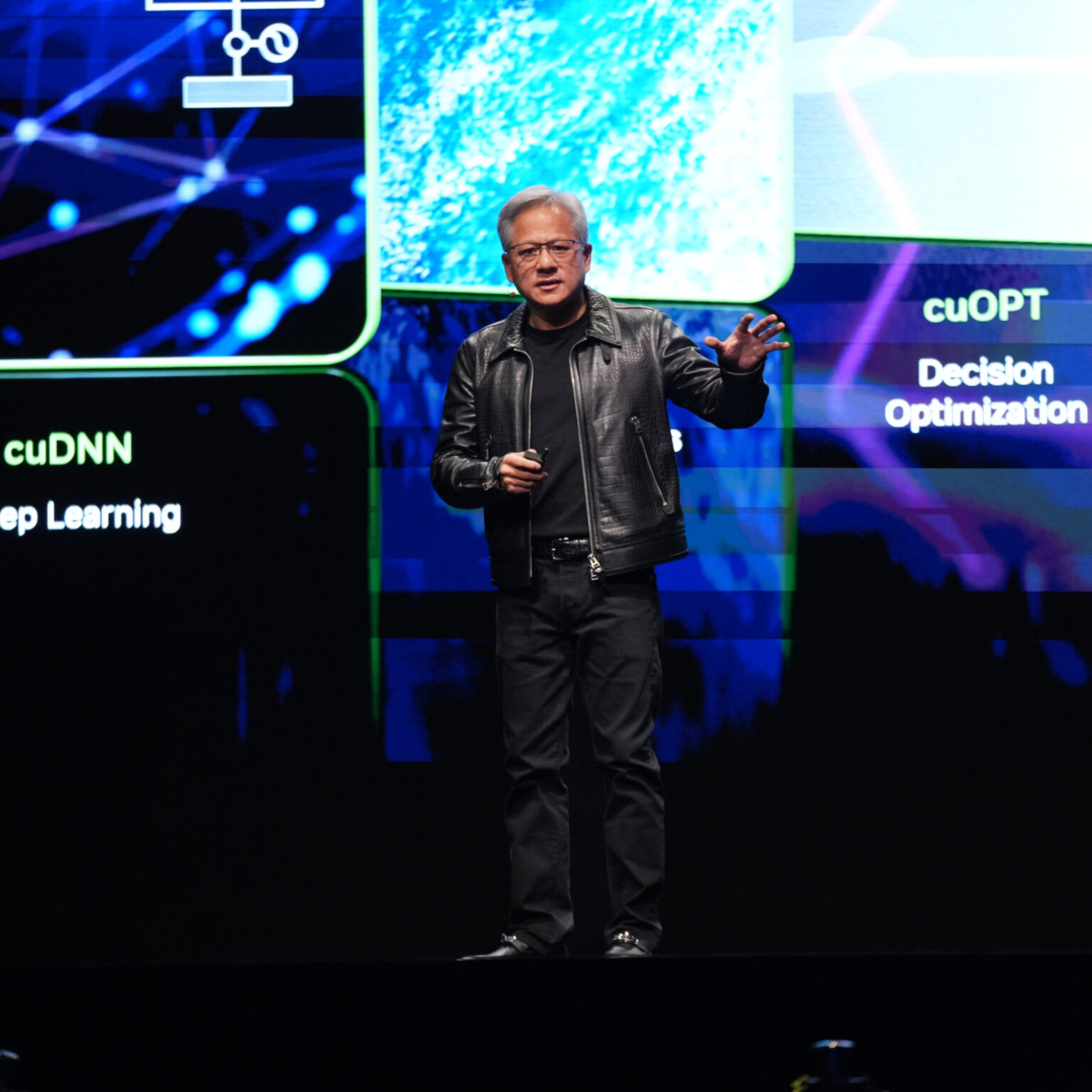On Thursday, Nvidia CEO Jensen Huang announced Nvidia’s growing footprint in the Indian tech space at the AI Summit in Mumbai. The announcement revealed various partnerships with Indian companies and the launch of a Hindi-language model. Among the numerous partnerships announced was a deal between Reliance and Nvidia to develop AI infrastructure in India. Nvidia is also working closely with Yotta and Tata Communications to strengthen India’s computing capabilities.
At our #AIsummit in Mumbai, our CEO Jensen Huang and Reliance Industries Chairman Mukesh Ambani discussed #AI infrastructure investments that will revolutionize industries and position India as a global leader. Read the recap on our blog: https://t.co/UfiDKRnpMA @RIL_Updates
— NVIDIA (@nvidia) October 24, 2024
By the end of 2024, Huang said “India will have 20 times more compute” than in 2023. The AI behemoth spoke for India’s history as a “software exporter,” stating that “in the future, India is going to export AI.”
Nvidia launched the Nemotron-4-Mini-Hindi 4B, a compact language model designed for Hindi. Companies using Nvidia hardware can now implement this language model. Indian IT consultancy Tech Mahindra is also leveraging Nvidia’s model to launch its own Hindi AI initiative, Project Indus 2.0.
To supercharge India’s human capital dedicated to an AI-led future, Nvidia is partnering with major Indian IT firms such as Infosys, Wipro, and TCS to train approximately 500,000 developers in creating and implementing AI agents using its software. This expansion in India comes as Nvidia seeks new markets to enhance its business, especially as the rapid growth it has experienced over the past year and a half starts to level off.
India’s aim to cement its presence in the global AI landscape has been high up on Indian Prime Minister Narendra Modi’s agenda in 2024. Modi has actively pursued major foreign technology companies, especially in the semiconductor sector, to boost investment in the country. India’s aim to position itself as a key player in the semiconductor industry is anchored on the manufacturing sector. Modi has outlined several goals to enhance India’s semiconductor sector, including a significant target to expand the country’s electronics industry from its current value of approximately $155 billion to $500 billion by 2030.





